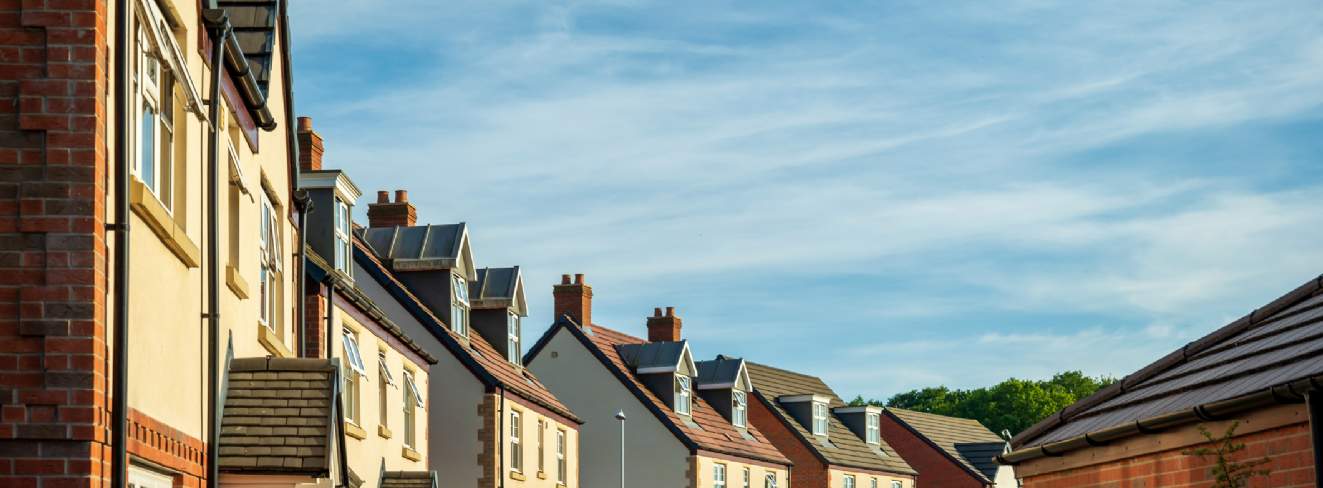However, the pipeline has been expanding recently to more affluent markets, such as commuter locations in Essex, Buckinghamshire and Hampshire. In these markets, strong rental growth, averaging over 8% per year for the last two years, has enabled investor bids to be increasingly competitive against the slowing open market sale route. But despite this new potential, the majority of activity is still concentrated in the £300 to £400 per square foot price band, covering most of the Midlands, East Anglia and parts of the South West.
Scale and structure
From survey work and interviews in Autumn 2023, we have established that institutional investors are typically seeking parcels of 100-150 homes, in order to achieve adequate scale leading to management efficiencies. Investors will occasionally consider smaller parcels, but the minimum number of homes would be around 50. On large mixed tenure sites, institutionally funded private rented homes comprise between 20% and 40% of the total delivery.
On larger sites (500+ units), there should be a place for Single Family Housing with significant upside to housebuilder’s return on capital employed on infrastructure and placemaking. The rental units will be completed quickly, establishing occupation and scale, and supporting commercial occupiers on the site. In these types of sites, the most effective model is where the investor is involved from a very early stage, ideally before planning and land acquisition, reducing the need to retrospectively alter planning consents or land deals to reflect a change of tenure.
Housing type
To attract institutional investors, it is also essential that developers understand the type and specification of homes that the sector needs. According to our Single Family Housing Investor Survey the average investor’s preferred unit mix is 37% 2 bedroom and 48% 3 bedroom homes. Under 10% of the requirement is for larger 4 bedroom properties.
